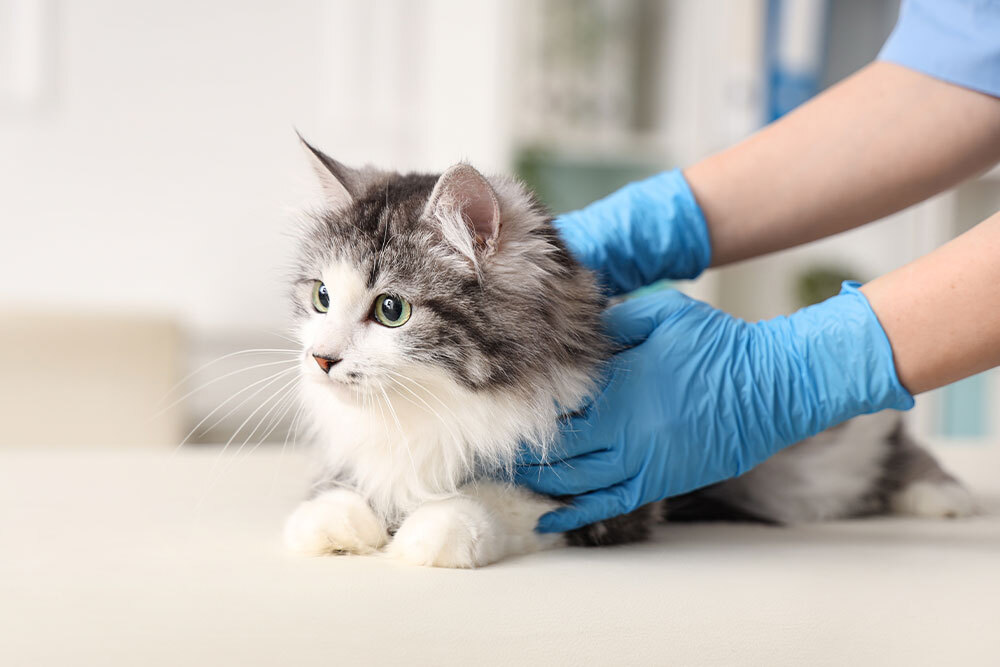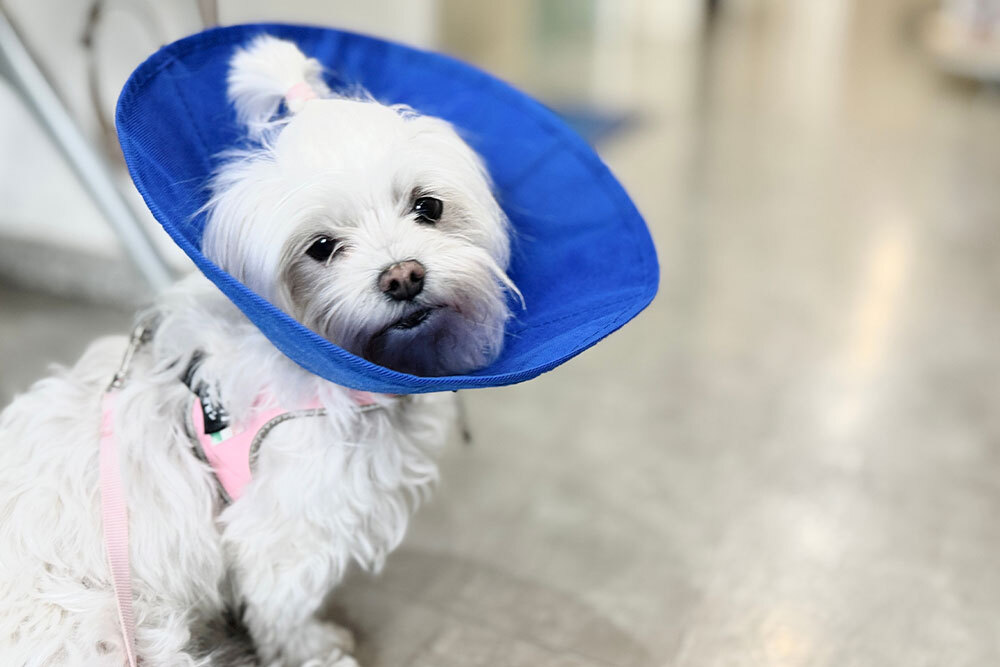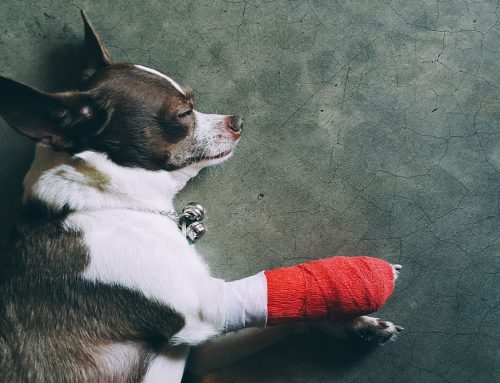Beyond Population Control: The Full Benefits of Spaying and Neutering Pets
Homestead Animal Hospital | Mechanicville, New York
Most pet owners recognize that spaying and neutering helps prevent unwanted litters. What many do not realize is how profoundly these procedures shape a pet’s long-term health, behavior, and even lifespan. At Homestead Animal Hospital in Mechanicville, New York, spay and neuter surgery is performed with advanced monitoring, individualized anesthesia, and compassionate recovery care. This guide explores the many reasons why spaying or neutering is one of the most important decisions you can make for your dog or cat.
What Do Spay and Neuter Surgeries Involve?
Spaying is the surgical removal of the ovaries and uterus in females, while neutering refers to removal of the testicles in males. These procedures are performed under general anesthesia with full pain management protocols to ensure comfort. At Homestead Animal Hospital, every pet receives a pre-surgical exam, diagnostic testing such as bloodwork when needed, and continuous monitoring of heart rate, blood pressure, oxygen levels, and temperature.
Lifesaving Health Benefits for Females
The most powerful health advantage of spaying female pets is protection against reproductive disease.
- Mammary tumors: Spaying before the first heat cycle reduces the risk of breast cancer dramatically. Canine mammary tumors and feline mammary tumors are common, aggressive cancers that often spread quickly.
- Pyometra: This life-threatening uterine infection is a leading cause of emergency surgery in intact females. Pyometra develops silently and can be fatal without urgent treatment.
- Ovarian and uterine cancers: Spaying eliminates the risk entirely by removing these organs.
Spaying helps female pets avoid some of the most serious threats to their health.
Health Benefits for Males
For males, neutering provides equally important protection:
- Testicular cancer: Removal of the testicles completely prevents this cancer, which is one of the most common tumors in intact male dogs.
- Prostate disease: Prostate enlargement is extremely common in unneutered dogs and can lead to difficulty urinating, infections, or painful defecation. Early neutering helps minimize these risks.
- Perineal hernias: Weakening of the muscles near the rectum is strongly linked to hormone influence and is far less likely in neutered males.
Taken together, these benefits can add years of comfortable life for male pets.
A Calmer Home: Behavioral Benefits
Hormones affect behavior as much as they do health. By reducing hormone-driven behaviors, spay and neuter surgery makes life calmer and safer for both pets and families.
- Neutered males are less likely to roam in search of a mate, lowering the risk of fights or being hit by a car.
- Spraying and urine marking decrease significantly, especially in cats prone to urine spraying.
- Spayed females avoid restless pacing, yowling, and behavioral stress related to heat cycles.
- Aggression and mounting behaviors often decrease after neutering
The result is a more peaceful household where pets can focus on companionship rather than reproduction.
When Is the Best Time to Spay or Neuter Your Pet?
Spaying and neutering decisions are not one-size-fits-all. Timing depends on species, breed, size, and health risks. According to AAHA’s spay/neuter guidelines, here are the main considerations:
- Cats:
- Recommended sterilization by five months of age
- Prevents first heat, unwanted litters, mammary cancer, and behavior issues like spraying/marking
- Small-breed dogs (adult weight under ~45 lbs):
- Spay/neuter by 6 months, or before the first heat in females
- Balances population control with low orthopedic risk
- Large-breed dogs (adult weight over ~45 lbs):
- Often best to wait until 9–15 months, after growth plates have closed
- Earlier spay/neuter in large breeds may increase risk of orthopedic issues, joint disease, or certain cancers
While these timelines provide helpful guidance, the picture is more complex than just age and size. Research continues to evolve, showing that sterilization timing may affect risks for orthopedic disease, certain cancers, urinary incontinence, obesity, and even behavior. Because these trade-offs vary between breeds and individual pets, the decision is best made in consultation with a veterinarian who can weigh the latest evidence alongside the pet’s health, growth, and lifestyle.
What to Expect on Surgery Day
You can make recovery easier by preparing in advance. Unless your veterinarian gives different instructions, withhold food after midnight the evening before the procedure. Set aside a quiet area where your pet can rest undisturbed, and ensure carriers or vehicles are clean and secure for safe transport. Having a simple “recovery kit” ready with clean towels, soft bedding, prescribed medications, and an Elizabethan collar helps make the transition back home as smooth and stress-free as possible.
At Homestead Animal Hospital, a typical surgery day includes:
- Pre-surgical check-in, including a review of medical history and lab results from our in-house diagnostic lab.
- Tailored anesthesia and fluid support during the procedure.
- Continuous monitoring of vital signs by trained technicians.
- Post-surgical comfort with warm blankets and attentive recovery.
- Discharge with written instructions, medications, and a plan for recheck visits.
After anesthesia and surgery, pets often behave in ways that may seem unusual. Because they don’t understand the lingering effects of the medications, many will try to return to their usual routines before it’s safe. This puts them at risk for stumbling or falling, and some may become more vocal or even show irritability toward other animals in the household due to discomfort. It’s important for families to step in and create a safe, calm environment during this vulnerable period.
Helping Pets Heal at Home
Recovery is usually straightforward, lasting 10 to 14 days. Key steps include:
- No running, jumping, and rough play. Crate rest is the best way to ensure your pet isn’t moving too much. Outside time should be walking on leash for bathroom breaks- no long walks or jogging.
- Preventing licking of the incision. Using an Elizabethan collar, or cone, is a necessity for most pets.
- Monitoring the incision daily for swelling, discharge, or redness.
- Administering all prescribed medications as directed.
For unexpected issues or complications, our urgent care services are available during open hours, and after-hours support is provided through our GuardianVets partnership.
Dispelling Common Myths
| Myth | Reality |
| Pets should have one litter before being fixed. | There is no health benefit to allowing a litter. Early spaying is protective. |
| Spaying or neutering changes personality. | These surgeries reduce hormone-driven behaviors but preserve core personality traits. |
| Indoor pets don’t need sterilization. | Even indoor pets can escape or display hormone-related issues like marking or yowling. |
| Weight gain is inevitable. | Slight metabolic changes may occur, but weight control is easily managed with diet and exercise. |
Ready to Schedule?
At Homestead Animal Hospital, we believe in supporting families with transparent pricing, same-day appointments, and a compassionate environment. Whether you are scheduling a young pet’s first surgery or considering options for an older companion, our veterinarians are here to provide the highest standard of care.
If your dog or cat is due for a spay or neuter procedure, don’t wait. Early intervention often means fewer complications and greater health benefits. Call us today, request an appointment online, or contact our team with questions. Together, we can make the best choices for your pet’s lifelong health and happiness.

















Leave A Comment